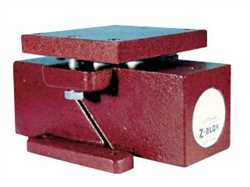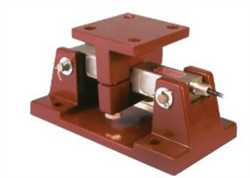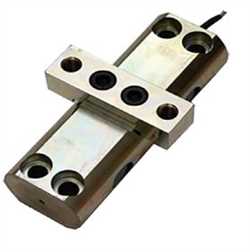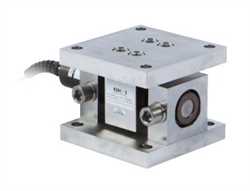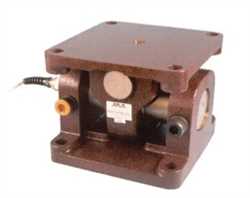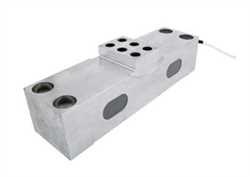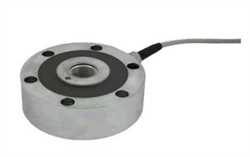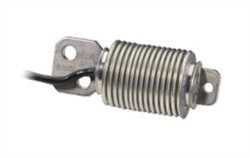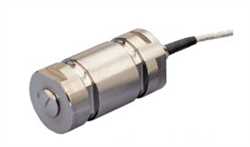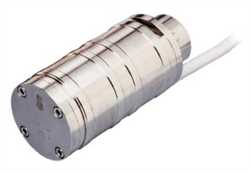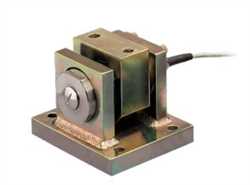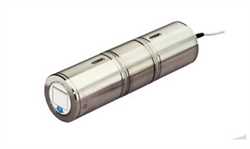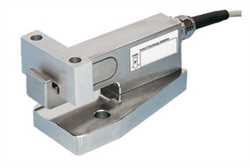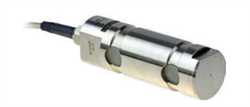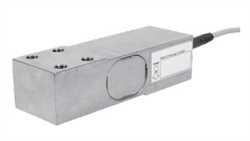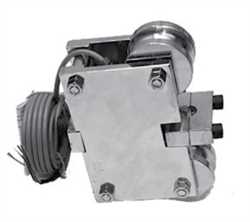VISHAY BLH TAD 3 Weigh Indicator/Controller
BRAND : VISHAY BLH
The TAD 3 Weight Processor monitors and controls strain gage load-cell-based weighing systems. It has an A-D resolution of nearly 14 million counts and easily interfaces with other PC and PLC controllers via two communication ports. It can also be used with an external alphanumeric or graphical display, in addition to its integral backlit graphic liquid crystal display. High accuracy and very fast transmission rates make the TAD 3 ideal for advanced process control applications. The TAD 3 recipe batching version allows storage of up to 30 recipes with up to 24 activities per recipe. Batching is carried out over separate, digital I/O units. The batching version of the TAD 3 makes it possible to perform batching of up to six components in coarse and fine feeding phases. Other process functions like stirring, heating, dumping, etc. also can be controlled with the batching version. A menu program leads the operator through all phases of the process. He can enter alphanumeric information in his own language on the graphic display. Another way to perform setup and calibration is to use the deltaCOM program on a PC (please see separate data sheet). The basic version of deltaCOM is included in the TAD 3 processor version.
Details
The TAD 3 Weight Processor monitors and controls strain gage load-cell-based weighing systems. It has an A-D resolution of nearly 14 million counts and easily interfaces with other PC and PLC controllers via two communication ports. It can also be used with an external alphanumeric or graphical display, in addition to its integral backlit graphic liquid crystal display. High accuracy and very fast transmission rates make the TAD 3 ideal for advanced process control applications. The TAD 3 recipe batching version allows storage of up to 30 recipes with up to 24 activities per recipe. Batching is carried out over separate, digital I/O units. The batching version of the TAD 3 makes it possible to perform batching of up to six components in coarse and fine feeding phases. Other process functions like stirring, heating, dumping, etc. also can be controlled with the batching version. A menu program leads the operator through all phases of the process. He can enter alphanumeric information in his own language on the graphic display. Another way to perform setup and calibration is to use the deltaCOM program on a PC (please see separate data sheet). The basic version of deltaCOM is included in the TAD 3 processor version.
